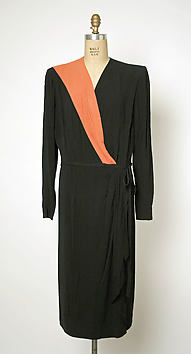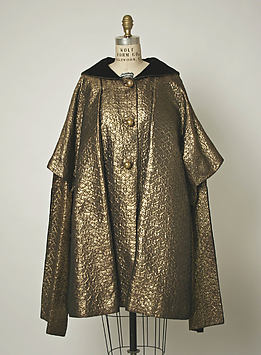The most successful and resourceful portraitist of America's early national period, Gilbert Stuart (1755–1828) possessed enormous natural talent, which he devoted to the representation of human likeness and character, bringing his witty and irascible manner to bear on each of his works, including his incisive portraits of George Washington. This publication accompanies a retrospective exhibition of Stuart's work, the first since 1967, and takes the standpoint that investigation of Stuart's sitters reveals the artist's practice of portraiture. His clients were facilitators of his progress, and knowledge of them is crucial to interpreting the artist's unique talents. The organization of this study follows Stuart through the eight cities in which he worked: Newport and Scotland (1755–75), London (1775–87), Dublin (1787–93), New York (1793–94), Philadelphia (1794–1803), Washington (1803–5), and Boston (1805–28). A short essay about the artist's experience in each city precedes catalogue entries on more than ninety portraits, all illustrated in color. A special section is devoted to Stuart's celebrated portraits of George Washington. In each place Stuart worked, the conditions for being a portrait painter differed, and he faced varying expectations and demands because of his own growing reputation, his ambitions, competing portraitists, and his health. In Newport, Stuart was trained by an itinerant Scottish painter, and his identity and talent attracted him to the local elite, many of them business associates of his Scottish father. In London, he became an integral part of the highly codified system of British portraiture as upheld by the Royal Academy of Fine Arts. He studied with Benjamin West and found favor with Sir Joshua Reynolds, who recognized his gifts and helped him stake a claim to still greater success in the relatively small city of Dublin. There the residents received him as a British portrait painter and commissioned works on the grand scale they expected from a portraitist trained in London. After Stuart returned to America and obtained sittings with George Washington and many others, he worked not in some distinctively American idiom but used the skills honed in the British Isles in fulfilling his commissions. Thus he satisfied the need in the new United States for lasting images of early national leaders created in an international language of portraiture. At a time when portraits were painted to celebrate national achievements and public heroes, as well as the self-aware experiences of private individuals, Stuart set higher standards in American portraiture for his sitters, his colleagues, and his students.

















